When visiting the oldest European settlement in all of California, keep in mind that you are in a city loaded with rich history and stories around every corner.
A huge influence to the lifestyle of the American West, visit the San Diego historical landmarks that stand proudly as a remembrance of a time that was simultaneously simpler and absolutely riveting. Tourists have a myriad of museums, monuments and other historic San Diego sites at their disposal, each offering a unique variety of tours and experiences, like the Whaley House Museum, America’s most haunted house®.
All this and more awaits throughout the historic places of San Diego
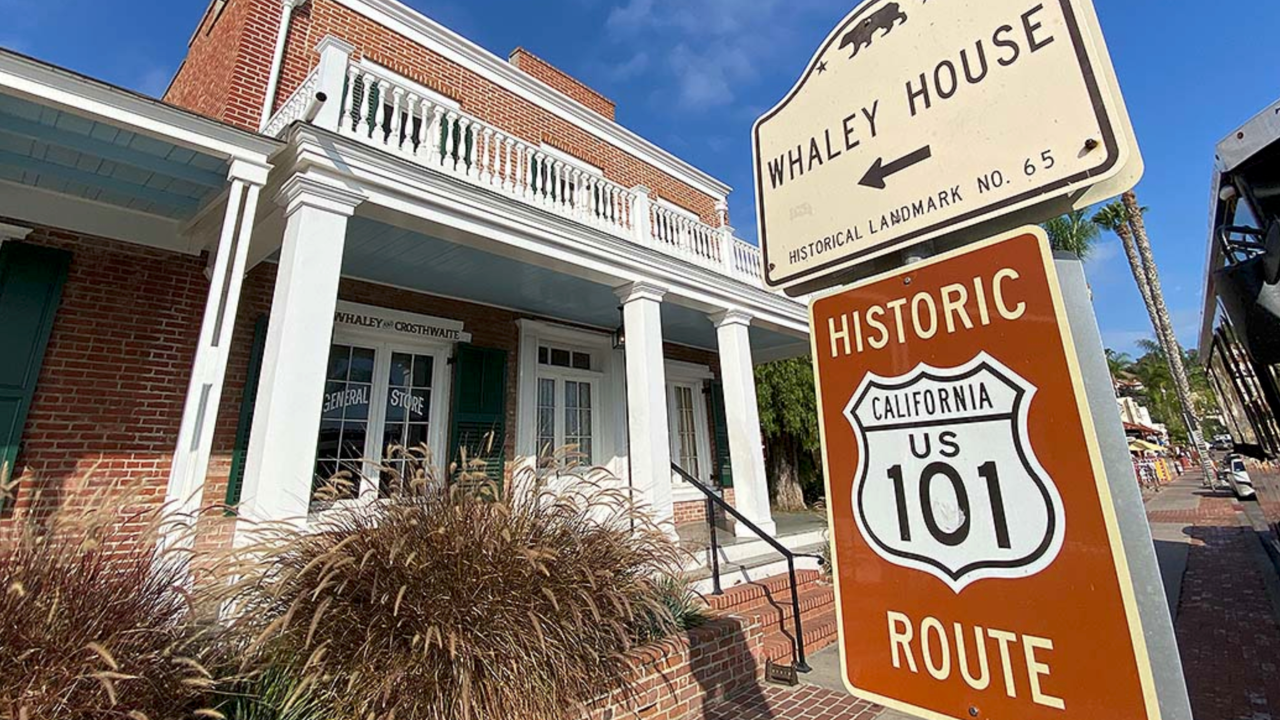
Whaley House Museum
Lured to California from New York by the promise of riches during the California Gold Rush, the Whaley family finally set roots in San Diego in 1853. Then, in 1857, they moved into what is now regarded as the historic Whaley House, the most haunted house in America. Of all of the historical landmarks of San Diego, the Whaley House Museum is the one guaranteed to bring you closest to the paranormal. Learn all about the history of the Whaley family as you make your way through their historic home and the surrounding grounds. Keep your eyes peeled and your cameras ready because you never know when a ghost is going to float on through.
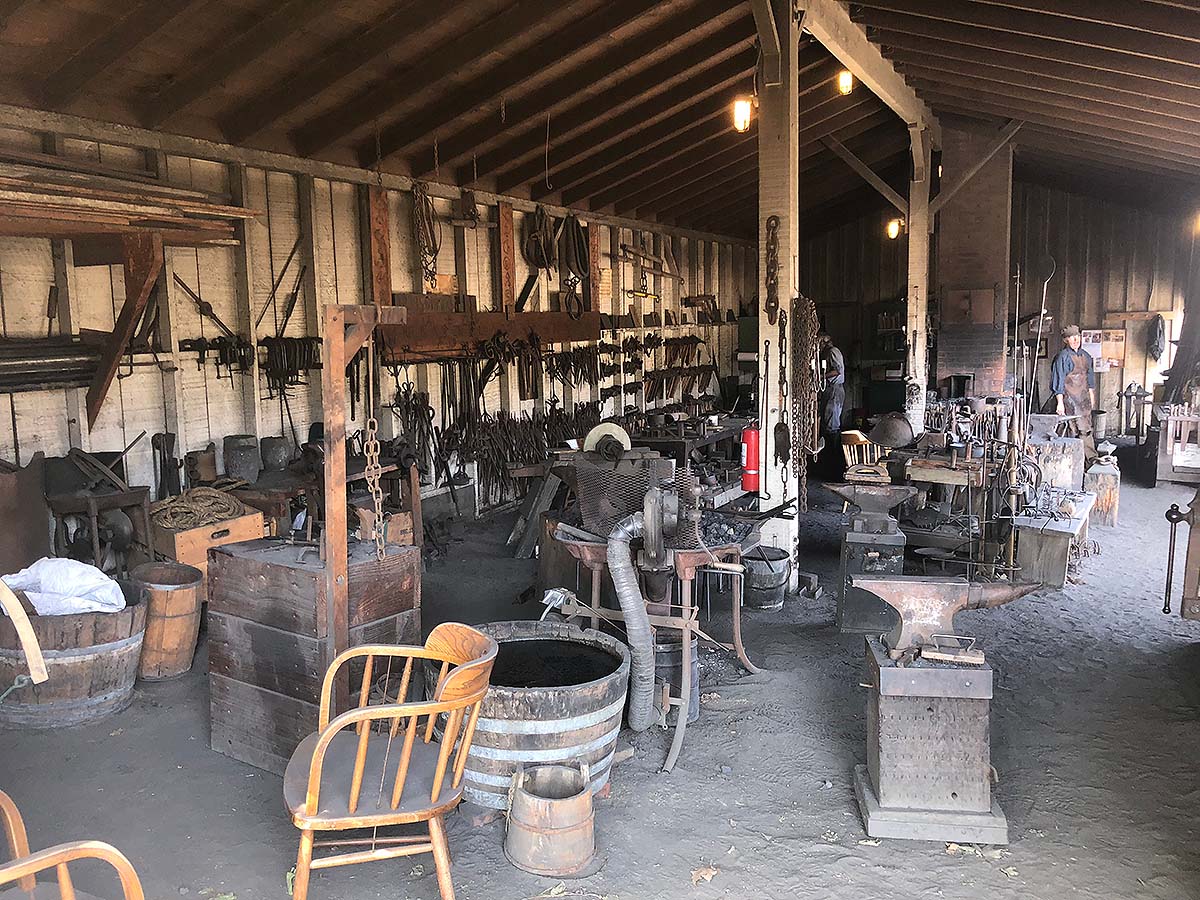
Blackhawk Livery Stable
Opening its doors in 1868 and taken over by Albert Seeley in 1872, the Blackhawk Livery Stable has been a major part of San Diego’s history for over a century. Officially becoming a part of Old Town San Diego Historic State Park in 1974, the stable has lived on as a live museum ever since. Here guests can bear witness to live blacksmithing demonstrations performed by skilled craftspeople and shop among a wide selection of in-house crafted tools, as well as learn about its role in the booming stagecoach industry of the 19th century. Learn all about the significance of this historical landmark in providing the working people who built San Diego the tools necessary to create America’s Finest City.
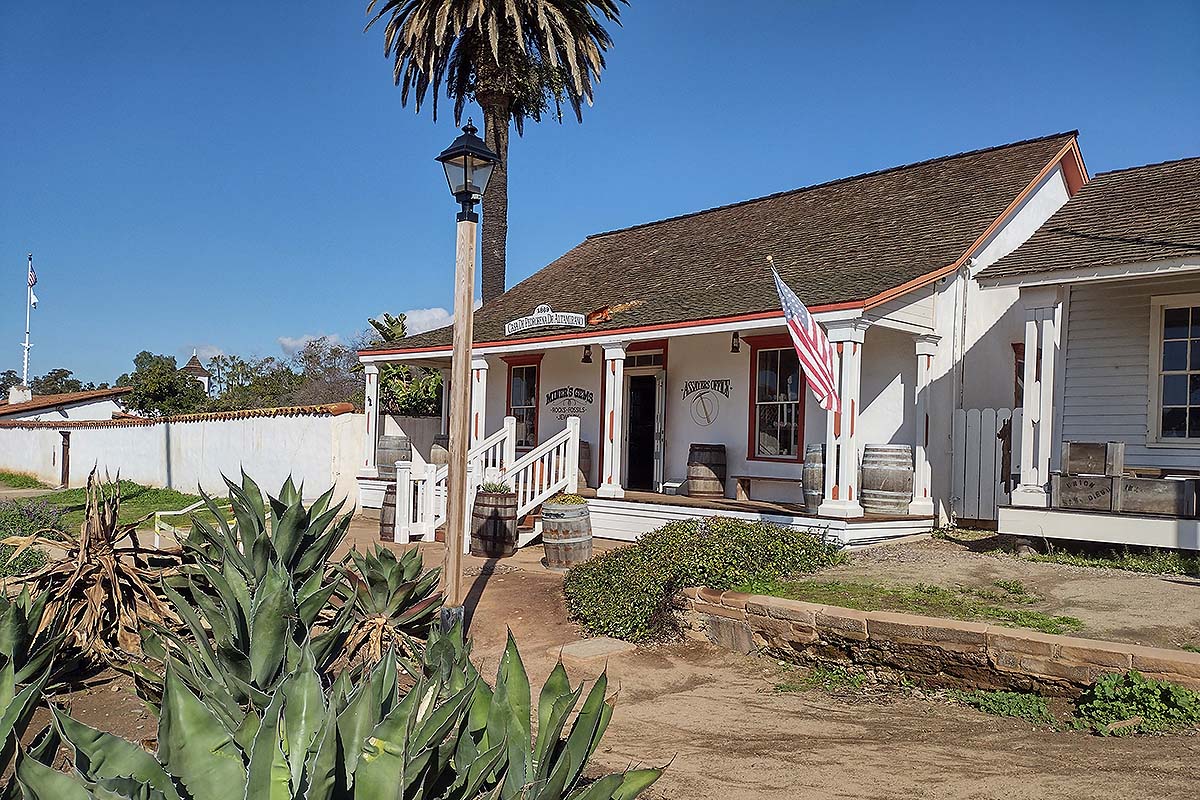
Casa de Pedrorena
The final adobe structure built in Old Town San Diego, Casa de Pedrorena, is one of the historical places where one can appreciate the lifestyles and architecture of the past. Built in 1869 by Miguel Pedrorena Jr., son of a prominent Mexican merchant, the property was gifted to his sister, Isabel de Altamirano, in 1871. With this act of generosity, two pioneer families of California were conjoined, and the large family left their mark on the historic grounds. Today, lovers of old styles of architecture, beautiful scenery and historical landmarks that celebrate the old ways of life can come and roam the picturesque adobe-style home, and maybe even find inspiration for their own dwellings back home.
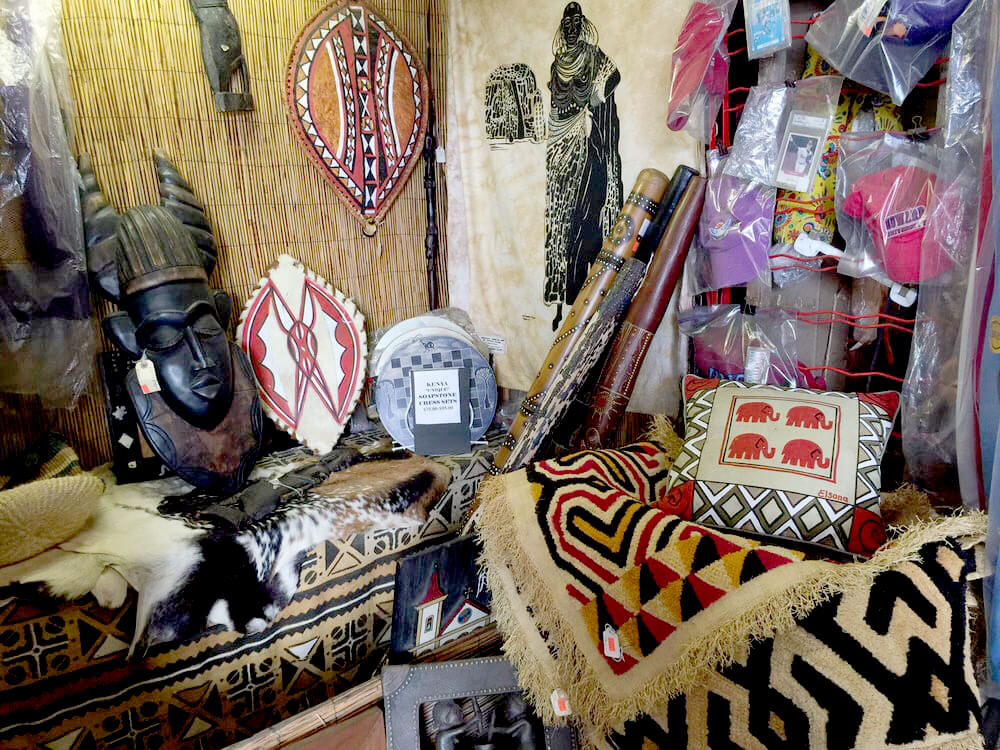
Casa Del Rey Moro African Museum
Learn all about 6,000 years of African world history through the lens of the African diaspora at the Casa del Rey Moro African Latin Museum. Of all the historical places throughout San Diego, none cover such a wide ranging time period and array of artifacts as the Casa del Rey Moro. Learn all about the cultural impact of African-Spanish, African-Mexican and African-American heritage throughout human history. Once you’ve made your way through the three main exhibit areas focusing on the continent of Africa, the American continents and the United States, pick out a few items from the bookstore to continue your self-education journey once you leave. The Casa del Rey Moro African Latin Museum is the perfect opportunity to learn all about historical places and events of the African diaspora.
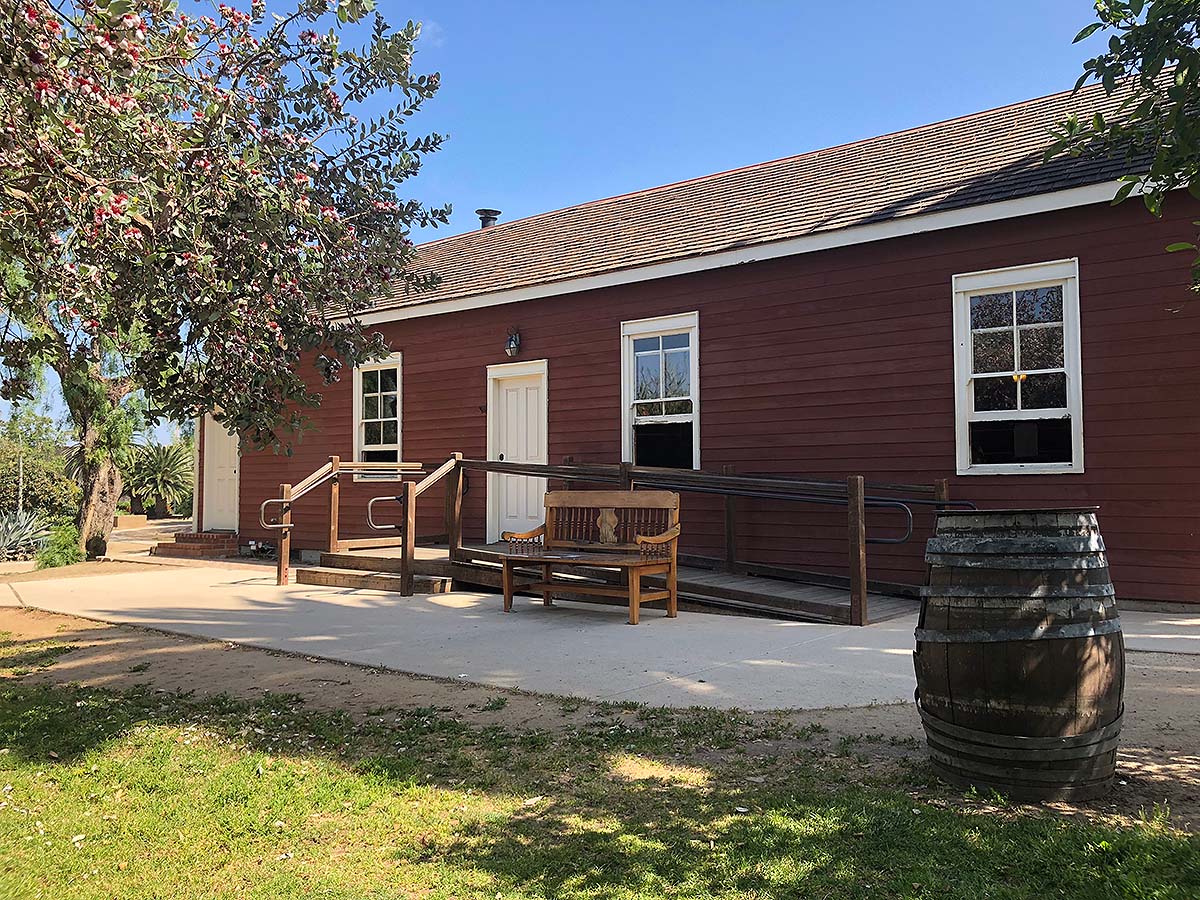
Mason Street Schoolhouse
A historical landmark of unparalleled significance, the Mason Street Schoolhouse was the first publicly owned school in San Diego County. Built in 1865, the single-room building is where all eight grades were taught. With access to public education in the 19th century being such a rarity on the western frontier, the Mason Street Schoolhouse is one of the historical places where visitors can stand in a space that propelled America forward starting nearly two centuries ago. See a sample lesson plan inside the museum and try to imagine what the experiences of those before us were like. Learn about the history of education while always expanding your own at the Mason Street Schoolhouse.
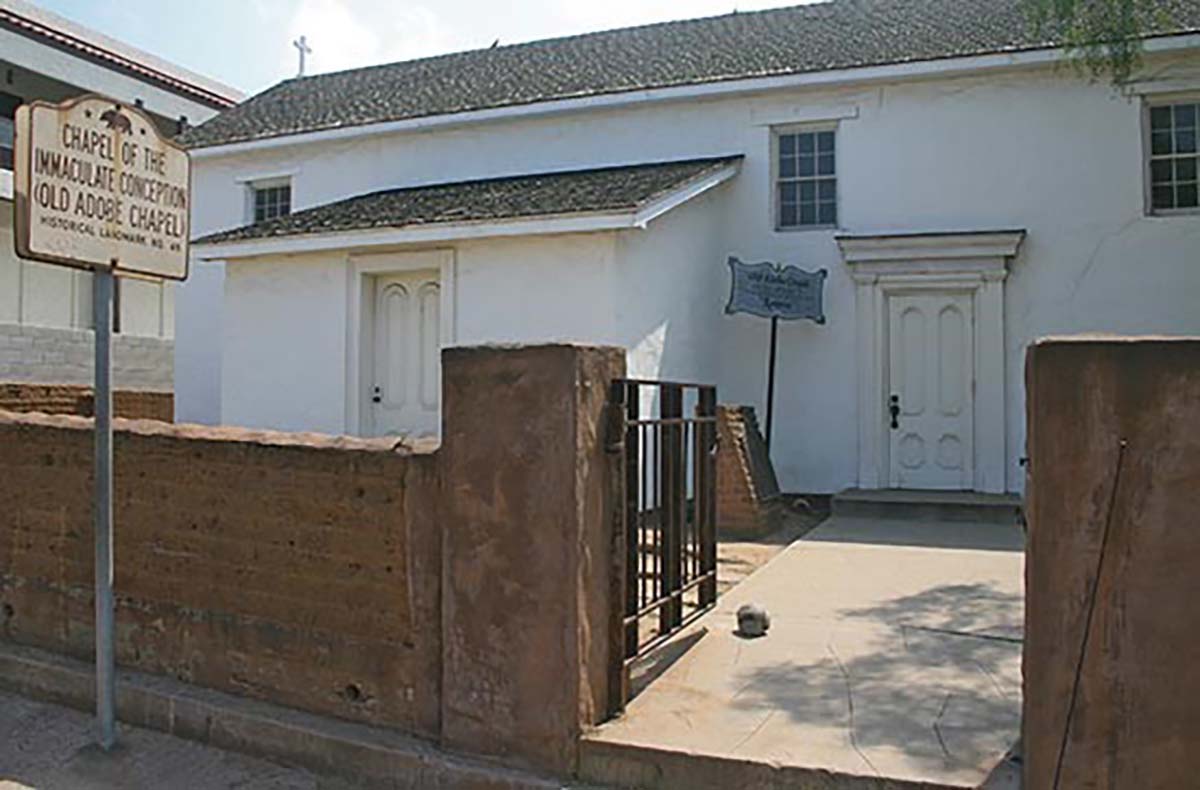
Adobe Chapel
Built as a home in 1850 and repurposed into a chapel in 1858 by José Aguirre, the Adobe Chapel of today was rebuilt in 1937. A quaint reminder of the architectural styles of the 18th century, many of the original artifacts remain intact on the inside, such as the woodwork of the pews. Peruse the humble yet elegant decor of the Adobe Chapel, the simplistic outside walls like a canvas, the glow of the candlelit sconces, and the intricate woodwork of the balcony railing. A visit to the Adobe Chapel is sure to increase your appreciation for the remarkable work of artisans of past and present. The Adobe Chapel is currently closed for restoration work.
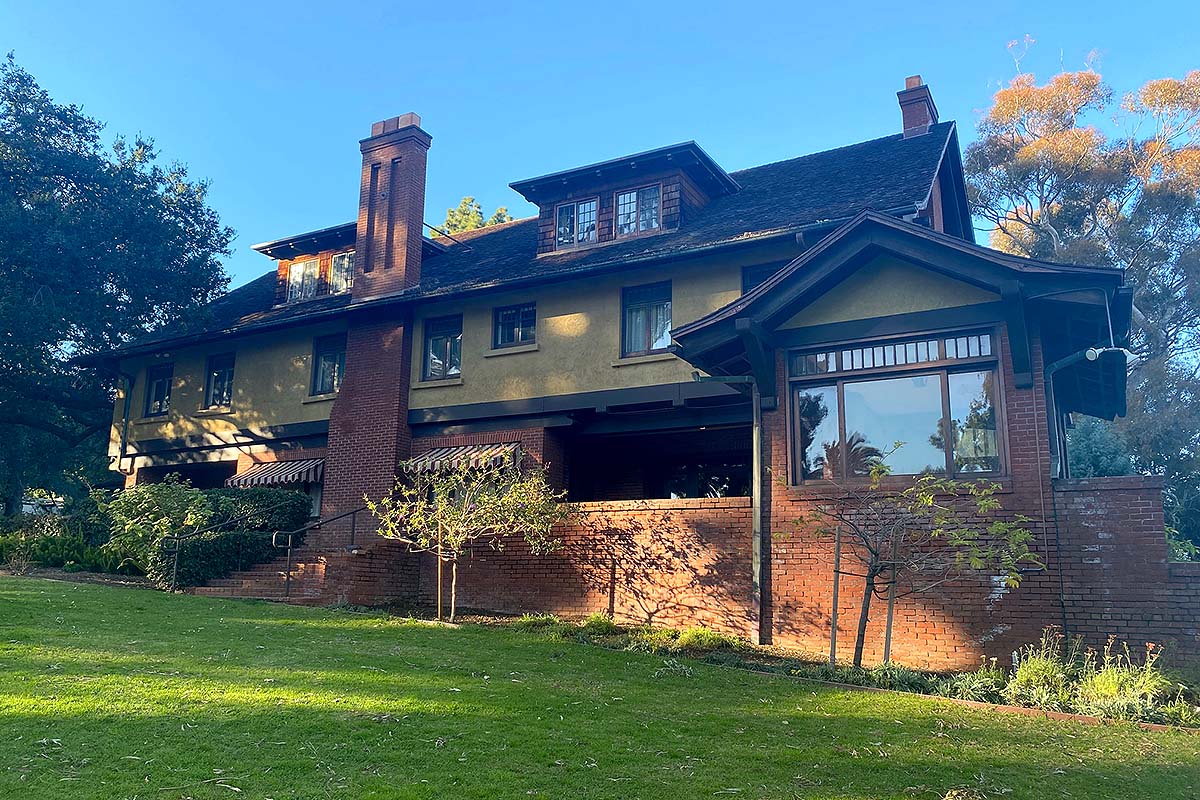
Marston House
Included in San Diego’s famous Balboa Park and only open on weekends, the Marston House is a fine example of Arts and Crafts architecture. Designed by William Hubbard and Irving Gill in the early 20th century, the house sits on five acres of gardens boasting English and Californian influences. This historical landmark notes the turn of architectural style in California and will serve as the blueprint for communities throughout California moving forward. Walk through the gardens with your loved ones and breathe in the fresh air while admiring the different types of plants and flowers. Maintained by the Save Our Heritage Organisation of San Diego, the George W. Marston House is one of many historical places of San Diego that proudly upholds traditions of the past.
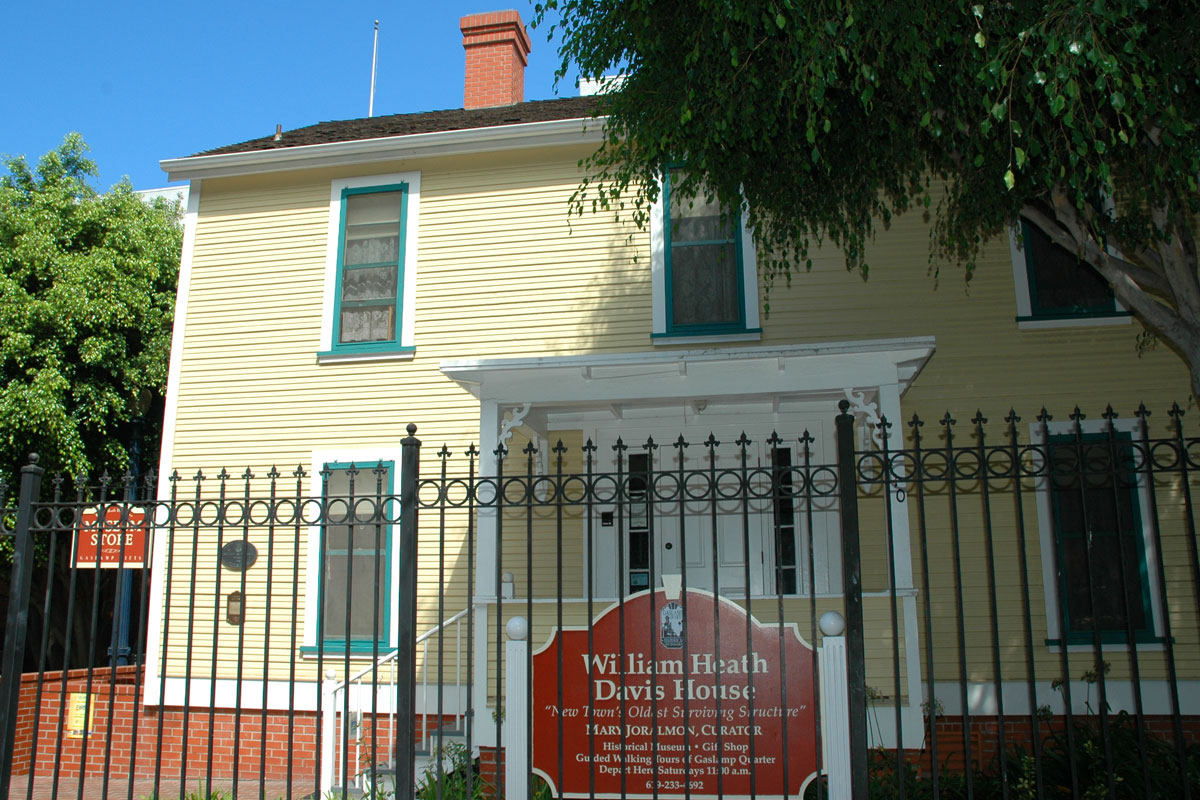
Davis-Horton House
The Davis-Horton House was built in 1850 and is the oldest standing structure in Downtown San Diego. Its fascinating history includes being shipped across the country from Maine along with several saltbox-style structures, as well as serving as the county hospital under the ownership of Anna Scheper in 1873. Just over 100 years later in 1977, the house was donated to the city of San Diego by the Lanuza Family. The city moved the house to its current location and immediately began its restoration. Today, the historic Davis-Horton House is home to the Gaslamp Quarter Historical Foundation and the Gaslamp Museum.
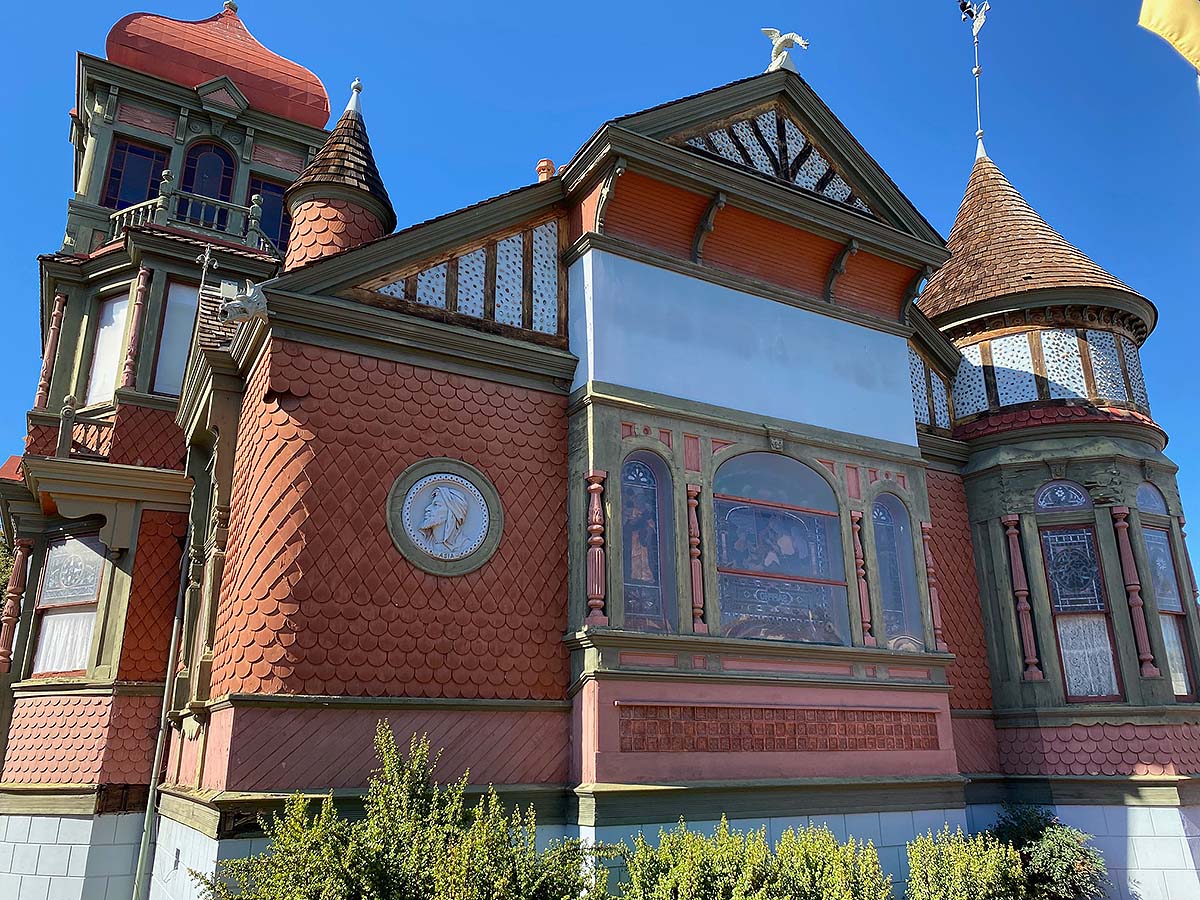
Villa Montezuma Museum
The Villa Montezuma Museum has a reputation as one of the most haunted structures in all of San Diego. Built in the Queen Anne style, the mansion was for an English composer, pianist, and writer Jesse Shepard. Shepard lived in the San Diego edifice for a year before relocating to Paris, and the house was converted into a museum by the city of San Diego almost a century later. The Villa Montezuma Museum has brought attention to the vintage architecture of a previously under-appreciated sector of the city, and today is one of the most interesting historical museums San Diego has to offer.
Free Iconic Places to Discover in San Diego
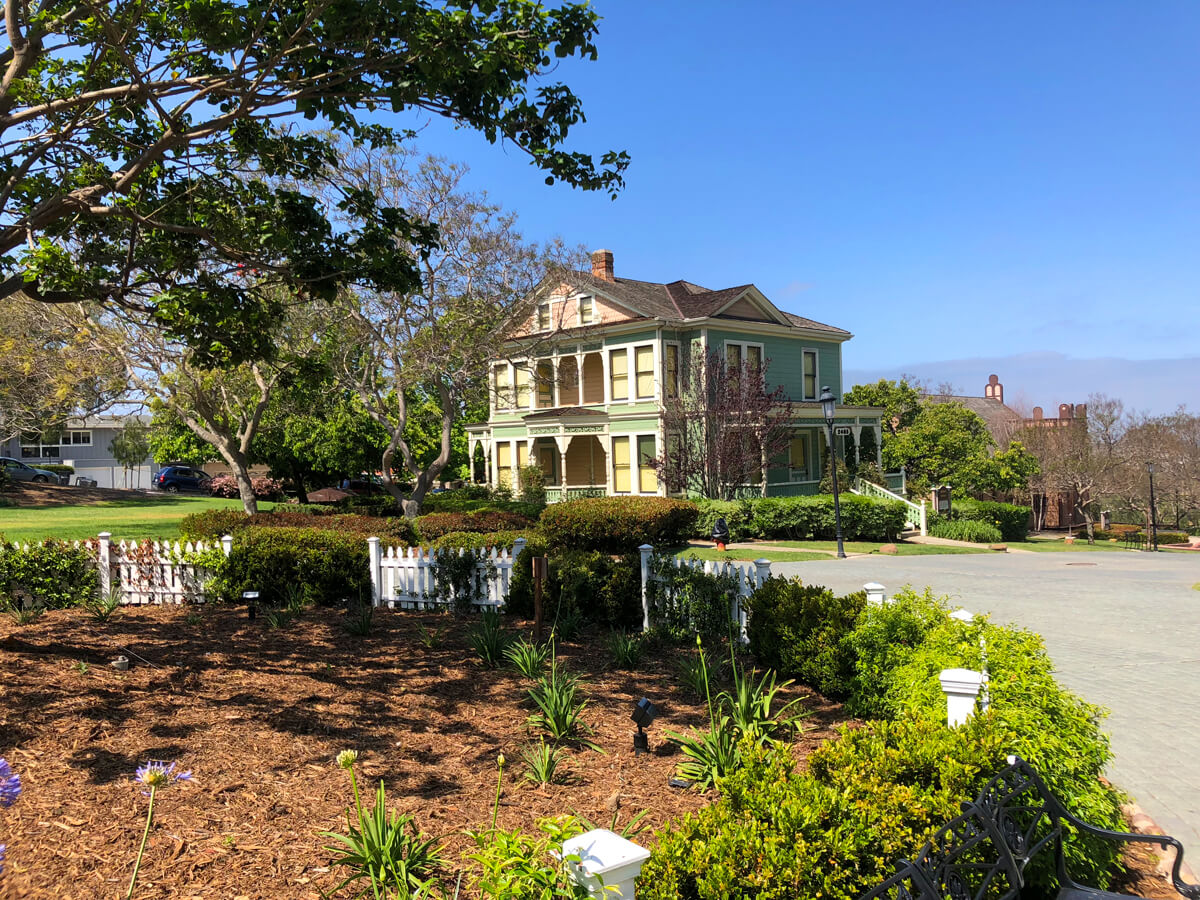
Heritage County Park
Heritage County Park is dedicated to the preservation of the history of San Diego through architecture. The historic homes in Heritage County Park were each saved from demolition and relocated to their current Old Town location. The houses are not open inside to the public, however, visitors can stroll Heritage Park Row and appreciate the Victorian-style architecture on display, gazing in a glimpse into the lives of the affluent in late 19th century San Diego. Moreover, the park is home to San Diego’s first synagogue, The Temple Beth Israel, and a beautiful sprawling lawn open to the public.
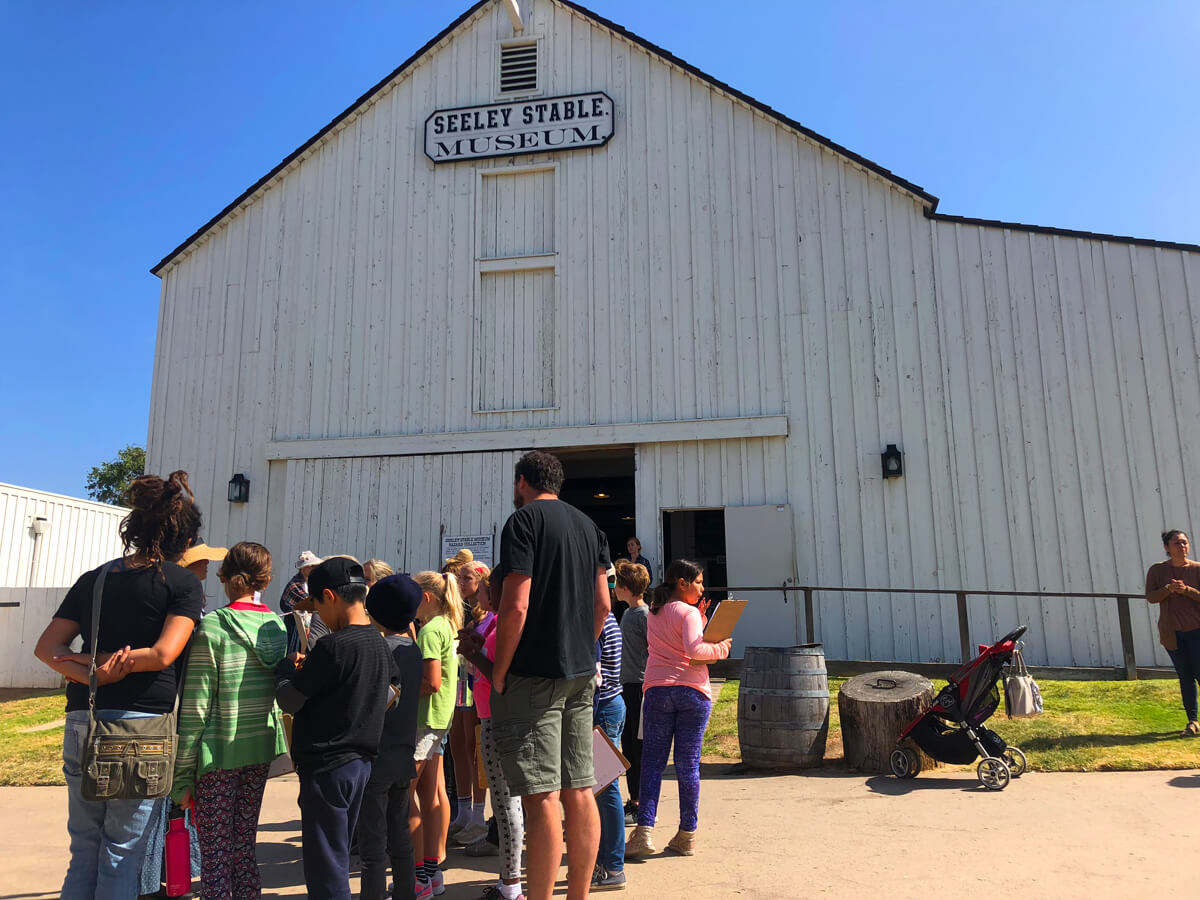
Seeley Stable Museum
Learn the story of Albert Lewis Seeley, a stagecoach driver who arrived in San Diego in 1867. Seeley was a pioneer of the mail lines run out of San Diego between Los Angeles, Texas and more. A museum perfect for those fascinated by the history of stagecoach travel, the Seeley Stable museum is one of a handful of historical places that are absolutely free to visit. Observe a variety of original stagecoaches and learn the nuances of Seeley’s routes between cities. Enjoy the peace and quiet of the Seeley Stable Museum during your next visit to San Diego.
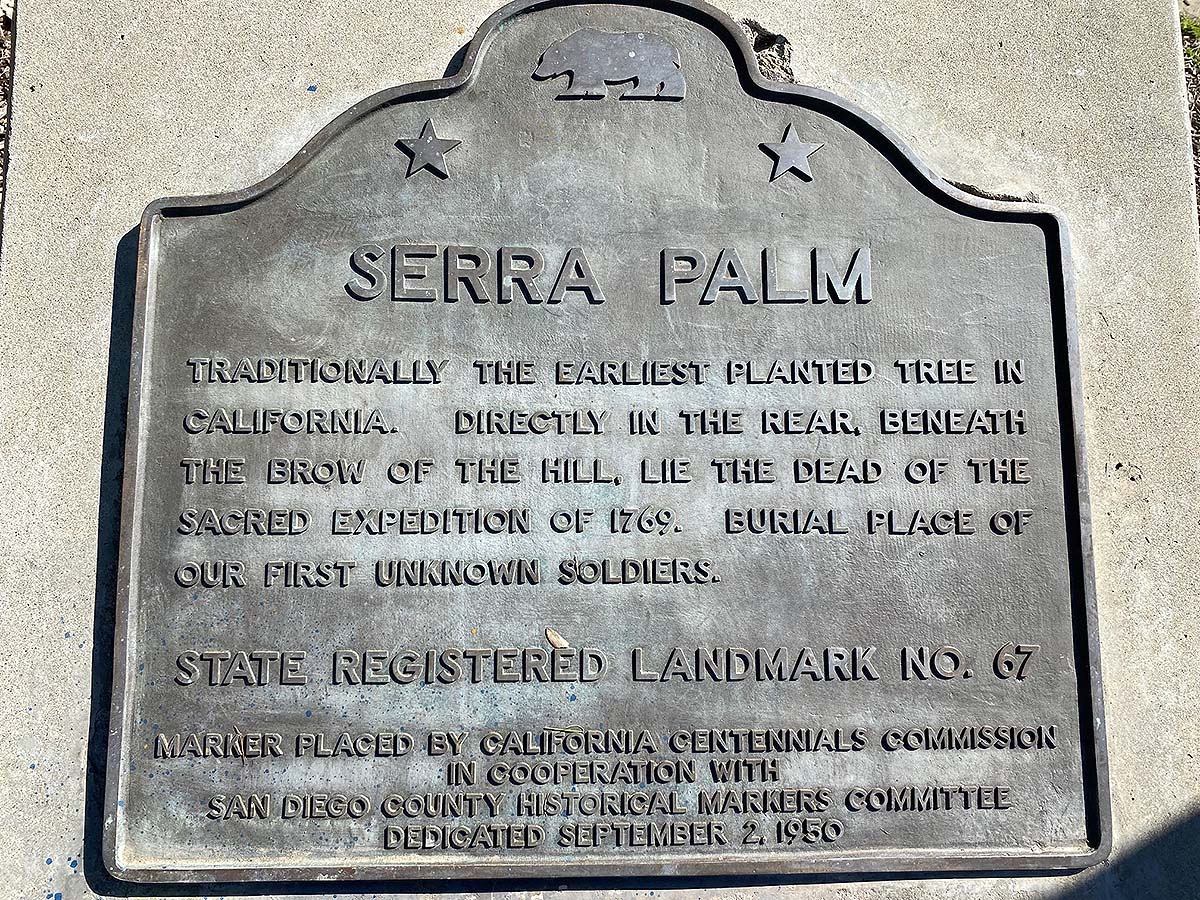
Serra Palm Site
Visit the the site of the palm planted in 1769 by Padre Junípero Serra upon his arrival in San Diego, marking the start of the most famous and notable trail in San Diego — El Camino Real. Absolutely free of charge, stand before one of the historical landmarks dating back to the 18th century, telling a major part of the story of Spanish settlement in California. The meeting site of the four divisions of the Portolá expedition, the Serra Palm Site is a historical landmark that signifies the changing of this continent forever.
FAQs
What is iconic to San Diego?
With a number of iconic sites, such as the Whaley House Museum, La Jolla Cove and more, the most iconic feature of San Diego is its designation as the first European settlement on the west coast, the birthplace of modern-day California. Honorable mentions include the Historic Gaslamp Quarter and Old Town San Diego.
What is the oldest place in San Diego?
The oldest place in San Diego is Old Town. Dating back to 1769, today Old Town is home to a number of historical sites, museums and tourist attractions.
What year did San Diego become a city?
Established in 1769 by Spanish settlers of the Portolá expedition, San Diego became an official city of the United States on March 27, 1850.
Who were the first people of San Diego?
The Native American tribe who called the San Diego area their home was the Kumeyaay Native Americans, also known as the Tipai-Ipai. This tribe of Indigenous people was living in modern-day California for as long as 12,000 years before Spanish colonization, and there are still members of the Kumeyaay tribe living in the surrounding areas today! A State Park dedicated to Kumeaay people, the Lipay ~ Tipai Kumeyaay Mut Niihepok Park, is located in Old Town.